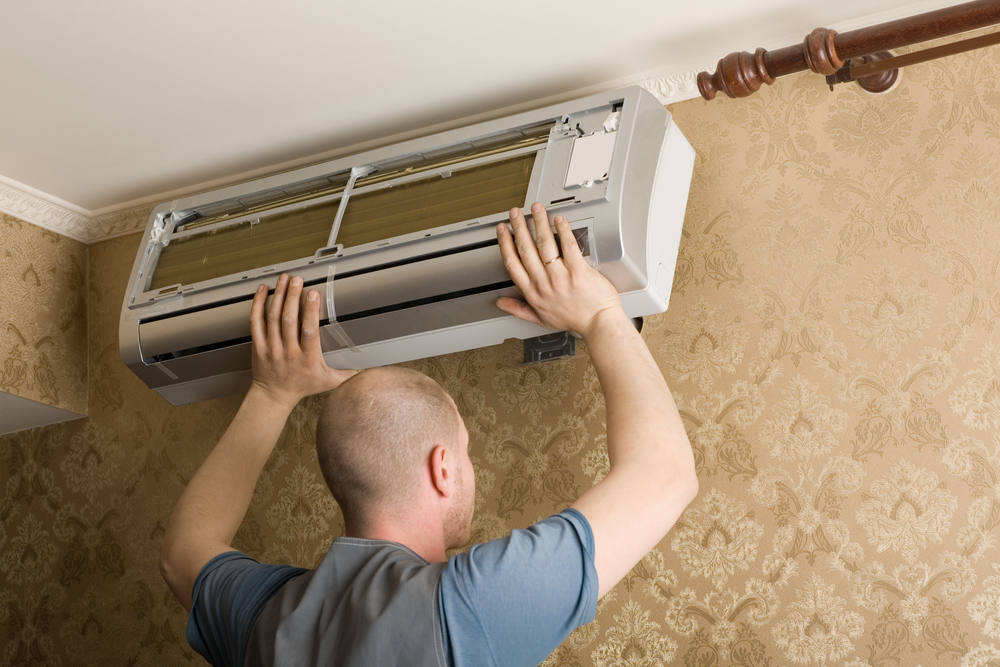As the summer heat escalates, the last thing you want is an issue with your air conditioning. The cool comfort of a well-functioning AC can turn into a sweltering nightmare if problems arise. So, what are the common AC problems, and how can you troubleshoot them? This guide aims to help you understand your air conditioning better, equip you with the knowledge to identify typical issues, and provide you with practical troubleshooting tips.
Essentially, AC units are responsible for managing the temperature and quality of the air inside our living and workspaces. They do this through a process that involves removing heat and moisture from interior air, thereby creating a comfortable and pleasant environment.
It’s not just about maintaining a cool temperature, either. Air conditioning units also play a crucial role in improving indoor air quality. They help to eliminate pollutants and allergens, contributing to a healthier and more comfortable living environment.
Importance of Air Conditioning Maintenance
Proper maintenance is crucial for your air conditioner’s optimum performance. Regular cleaning and tune-ups can prevent most common AC issues, prolonging the unit’s lifespan and ensuring energy efficiency. Neglecting regular maintenance can lead to problems like coolant leakage, dirty filters, and decreased performance. It can also increase your energy bills and result in costly repairs in the long run.
Common Air Conditioning Problems
Understanding common AC problems is essential in knowing when to call for professional help. Here are some frequent issues you might encounter:
• Coolant Leakage: A depleted coolant level often results in reduced cooling efficiency. The problem could be due to a leak in the AC’s refrigerant lines.
• Dirty Filters: Dirty or clogged filters restrict airflow, causing your AC to work harder. This can lead to increased energy consumption and potential damage to your unit.
• Thermostat Issues: If the AC is not cooling properly, the thermostat might be at fault.
• Drainage Problems: A clogged condensate drain line can cause water leakage, potentially damaging your AC and surrounding areas.

How to Troubleshoot Your AC
Being able to troubleshoot your AC can save you unnecessary stress and expense. Here are some steps you can take:
• Check the Thermostat: Ensure it’s set to “cool” and the temperature is lower than the room’s current temperature.
• Clean or Replace Filters: Regularly clean or replace your AC filters to maintain proper airflow and efficiency.
• Inspect the Condensate Drain: Clear any blockages in the condensate drain to prevent water leakage.
• Check the Circuit Breakers: If your AC isn’t turning on, the circuit breakers might have tripped. Resetting them might solve the issue.
When to Call for Professional AC Service
While some AC issues can be handled on your own, others require professional AC service. If you notice persistent problems despite troubleshooting, it’s time to call for professional help. Frequent cooling issues, unusual noises, and high energy bills are signs of underlying problems that need expert attention.
Improving Your AC’s Performance and Energy Efficiency
Enhancing your AC’s performance and energy efficiency is beneficial for your comfort and pocket. Regular maintenance, using energy-efficient settings, and insulating your home can significantly improve your AC’s performance and lower your energy bills.
Conclusion
Understanding your air conditioning system its common problems, and the ways to troubleshoot them can save you from uncomfortable situations and unnecessary expenses. Regular maintenance is key to keeping your AC in top shape and ensuring its energy efficiency. However, if you encounter persistent issues, don’t hesitate to seek professional AC service. With these tips, you can enjoy a cool, comfortable summer, knowing you’re prepared to tackle any AC issues that arise.

